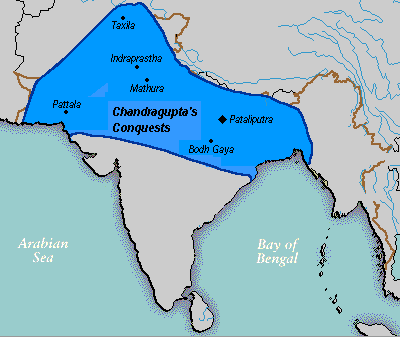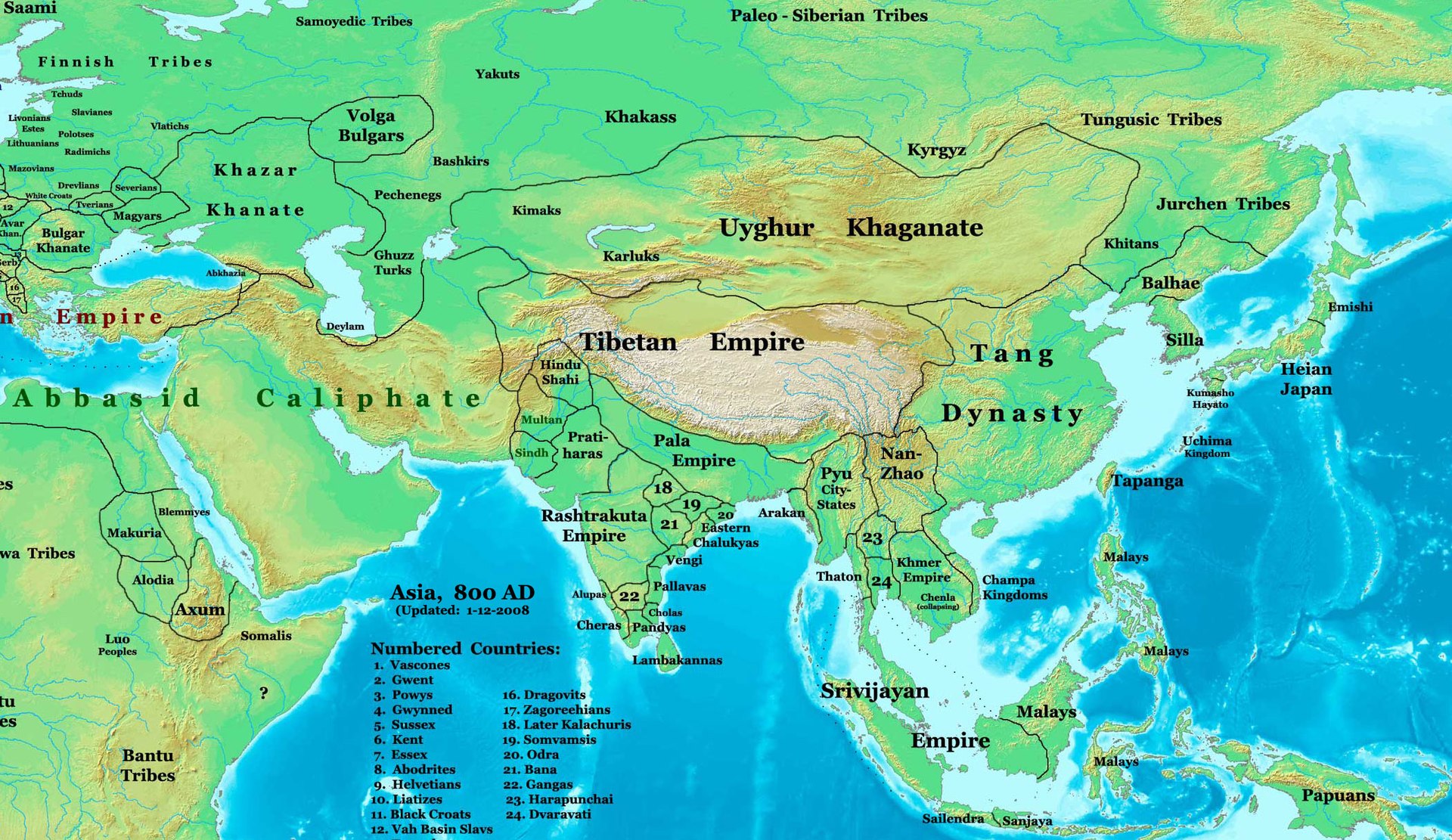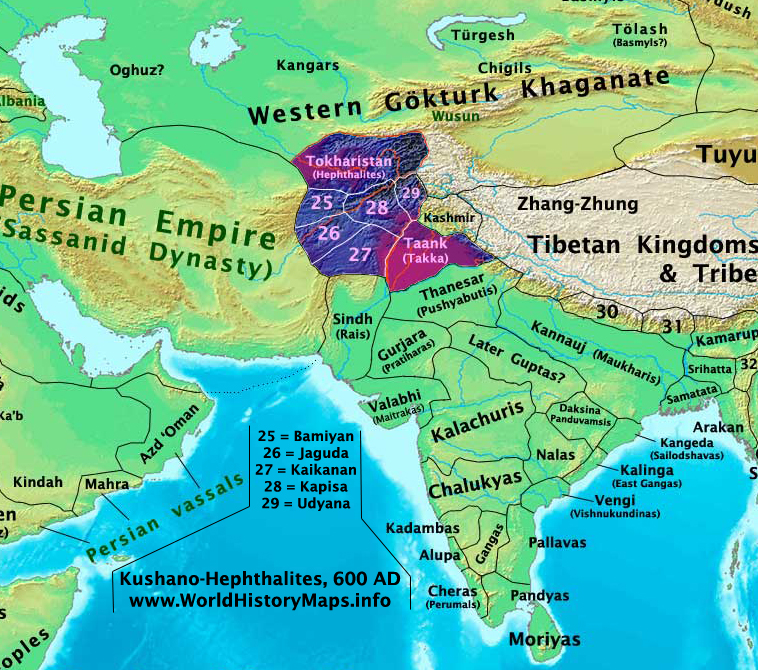Come again?
I thought these religious groups were the impetus behind division of India.
Division of
British Colonial India, union formed by British guns.
Blunder!!!
Swastika is NOT shiva.
Or are you trying to deviate from the topic in hand?
No serious historian connects the sitting male figure found in Mohenjodaro to Shiva or some sort of proto-Shiva.
Writing in 2002, Gregory L. Possehl concluded that while it would be appropriate to recognize the figure as a deity, its association with the water buffalo, and its posture as one of ritual discipline, regarding it as a proto-Shiva would "go too far."[18]
Shiva was a Vedic Indo-Aryan deity which had nothing to do with IVC.
And lots of Hindootvas try to claim that IVC was some form of proto-Hindu civilization due to Swastikas being found there, conviniently forgetting that the same are found in Eastern Europe and Ural Mountains as well.
RE-READ what you've posted.
You must understand Sanatana dharma to understand the legacy of Harappa and Mohenjodaro. Strerch your imagination
@Kaptaan . Nothing is beyond the realm of possibility. Sanatana dharma is not a religion but a set of rules, an eternal order. Even an atheist can be a Hindu if he lives by these rules. I'm not surprised that you don't understand something so simple. You've a habit of complicating things for yourself. Lol
And, regarding Sanatan Dharma, it's a very vague term and can denote any religion since Hinduism isnt one. Hardly anyone used this term and Zoroastrianism, Buddhism etc. can be called that as well: (from wiki)
>The term was popularized by Mahatma Gandhi in 1921.[2]
Again, whatever you consider Hinduism to be isnt connected with IVC at all and was brought in by the Rig-Vedic Indo-Aryans, who came after the decline of IVC.
Finally!
I'm glad you've confessed it.
In your own words you've accepted why a claim on IVC is imperative to you.
Lol, no. He's merely saying that without the Indus River (not ancient civilization), and its tributaries the Indus Plain would be a dry deserted area instead of an agricultural plain as it is now. Read properly before you put your tin foil Hindootva hat on.
have you looked at the sites that are called the peices where the holy spirit (shakthi) of Rg Vedic people landed?
https://en.wikipedia.org/wiki/Shakti_Peetha - check the map - includes Baluchistan province of Pakistan.
here is the image of the locations:
Where the Rig Vedic people landed? Lol, they didnt come from Mars. These peethas arent connected with the Rig-Vedic period or people (which flourished around 1500 BC), and was centered in the Indus Basin (Sapta Sindhu) which these peethas gleefully ignore.
So out 56 different peethas, all concentrated in the Gangetic or Dravidic regions, only one token site in the Southern Makran coast far off in whats now Balochistan? You are actually proving my point.
And I wasnt talking about these peethas in the first place, try to stay on topic. I was talking about the four main mathas of Adi Shankara (Shakaracharaya) which he had formed in his land, none of which were in the Indus Basin. Westernmost in Dwarka, Gujarat, Northernmost in Uttarakhand, Southernmost in Karnataka and Easternmost in Bengal. He didnt even consider us as part of Holy Bharat Mata. I'm offended

Mehrgar : founded 7000 BC, abandoned 2600 BC
Sumer : Uruk (earliest city: founded 4000 BC - continued atleast 1500 BC)
Andronovo: from 2000 BC to 900 BC
I wasnt necessarily talking about the time periods only, I was talking about your vision about the progression of people from Sumeria to Mehrgarh via Andronovo, and some sort of supposed continuity between these people, which no one sees. Mehrgarh was mainly an Early Neolithic site and predates both Andronovo-BMAC and Sumeria by a couple of thousand years.
What sort of continuity or progression do you propose between these regions?
Sumeria:
Andronovo
Mehrgarh-IVC
Dont know about the dravidic, but it is not separate from Gangetic. the culture of anceint peoples of Indus and Ganges is the same (loads of proofs for it)
How are you supposed to say that culture of
Ancient people of the Indus and Ganges is the same, when during the
Ancient period that you are talking about, the Gangetic regions wasnt even civilized or had any culture in the first place. This is true both for IVC and for the Rig-Vedic period, both primarily based in the Indus Basin. Thr Gangetic Region only got civilized in the Middle Iron Age (800-500 BC) when proper axes were invented to cut down its thick forested cover. Your remark therefore, more than anything, is hilarious.
how or where did you get that term "Brahmanics"? you just made it up and decided it? the rg veda mentions one of the earliest "brahman" as the "ultimate reality" (A sigularity - if you will). and that is much older than 1st century and even older than Buddhism. BY that logic, Gupta "brahmanics" were only going back to the roots that started during Rg vedic period (and since Gupta period I see is well integrated into Gangetic plain, as well as connected to the Rg vedic people, you got your continuity over there itself) (sorry I burst your bubble there).
@Levina would probably have a chuckle.
Brahmanics, Brahmins call them whatever you like. I wasnt talking about the Rig-Vedic period now, honestly learn to understand context and time periods. No ones arguing for Buddhism to predate the Rig-Vedic period either, what are you on about?
As for going back to their roots, the Guptas most definitely were not since their region of Bihar had absolutely nothing to do with the Rig-Vedic period or civilization. If anything, they were adopting the foreign roots of the Indus Basin (Sapta Sindhu, land of the Rig Vedics). In addition to Levina, I would have a chuckle as well on this.
Please note the inclusion of parts of Pakistan area as well.
for reference, the above map is at 3 century CE.
the map at 3 BC is as below:
The Guptas never ruled west of the Sutlej. The land was in contention between them and the Sassanids and changed hands. Only a few parts of Easternmost Punjab and Sindh was under them. Some consider these to have been a tributary state of the Guptas, but that would still make it seperate from the Gupta Empire, proper.
And when has anyone denied the Mauryan rule (which lasted around 80 years) over the Indus Basin? Apart from that the only time it was united was for 400 or so under foreign Mughals/Turkics, and 98 under British. For the vast majority of it's history, it has indeed been seperate.
Indo-Greeks
Parthians
Achaemenids:
Circa 800 AD
Alexander's Empire
Circa 600 AD
that doesnt mean that the cultures of the people practicing Hinduism is different. What the above means is that "Hinduism" cannot be defined by the same way as an Abrahamic faith (hence the mystery of the east for many of us)
No, that means that Hinduism is just an umbrella term imposed by the British to differing cults practiced in their conquered territories and isnt a religion that one can accuse another of practicing. And you have pointedly ignored this part of my comment:
Ayway, the argument based on religion is flawed because it can be used to justify sameness with MENA (Middle East and North Africa) since they are Muslims as well. How is that any different from saying that Pakistanis and Middle Easterners are one since they both are Muslims? Dont you see the irony here?
your very own timeline of "BUdhism" and then "Gupta Brahmanics" gives clear continuation between Rg vedic Indus and the Gangetic plains.
The Rig-Vedic period (set mainly at the Indus Basin), predates both the Guptas (Gangetic) and Buddhism by almost a thousand years. What continuation are you seeing?
<sarcasm on> sure, there is nothing between ancient Iranian and Ancient Indian. The similarity of their gods, their similarity of culture is all just an overlap <sarcasm off>
Again, pointedly ignoring everything I have said and going on to make that rather childish remark. I think I've explained to you, in great detail, why 'Ancient Iran' (Avestan period) and 'Ancient India' dont have overlap. The Avestani Persians had similarities in linguistic and mythology with the Rig-Vedics settled in the Indus Basin, not the Gangetic and Dravidic regions, which you are taking as 'India'. These regions were still covered by thick forests and were uncivilized at the time. The region of Sapta Sindhu/Hapta Hendu (Indus Basin) has been mentioned as one of the sixteen nations of the Vendidad, and not Gangetic or Dravidic land. Why do I need to repeat myself again and again?



















